by Miguel Crunia - @miguelcrunia
.png.transform/rendition-xs/image_image%20(1).png)
For many the "Prima Donna" of Galician viticulture, Albariño is destined to shape some of the greatest classical cuvées of the future

by Miguel Crunia - @miguelcrunia
Albariño is in fashion. And no wonder, it is not strange to see these fresh and drinkable wines on the shelves of supermarkets and specialized retailers everywhere, as well as on the wine lists of most of the restaurants and wine bars out there.
However, during the last 15 years we are witnessing that a new wave of winemakers (those second generations that are now taking charge of family wineries or new winemakers who have launched their own projects) who are putting all their efforts into crafting a different style of Albariño that is a reminiscent of the Albariños of yesteryear, being a faithful reflection of the different soils in which the vine grows, and that demonstrates to the world the capacity that the variety has to live over time once bottled, looking face to face, without prejudices, to the great classic whites cuvées of the world.
‘It’s the right moment for Albariño’ says Eulogio Pomares from Bodegas Zárate, ‘given that Burgundy whites are not so easily accessible anymore, collectors and merchants look for terroir-driven wines to replace them so we could easily become a real alternative’. 'The aim is to be as respectful as possible, we are not trying to define a style, we rather let the wines define themselves in order to express terroir' adds Xurxo Alba from Bodegas Albamar.
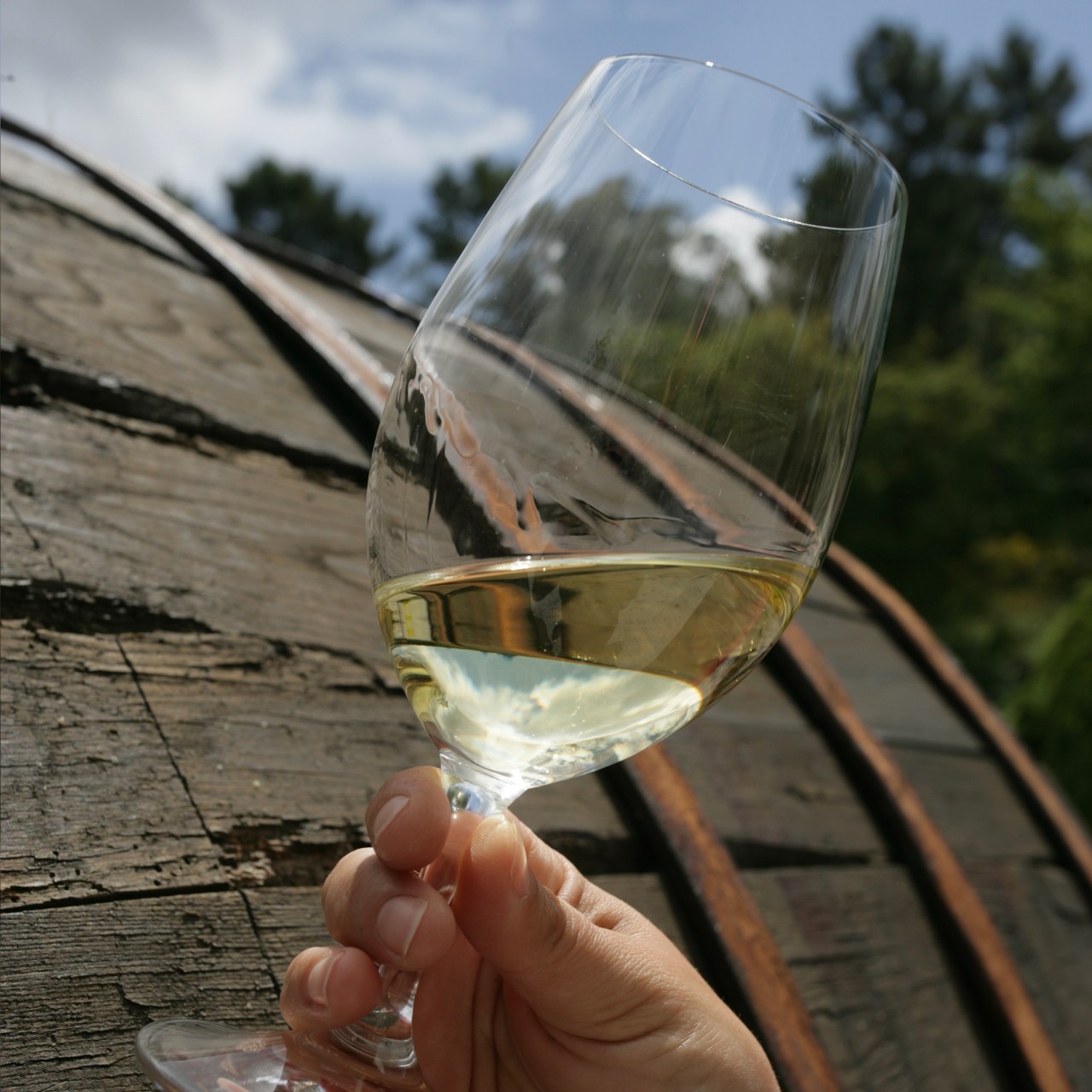
Many have blind faith in the variety because, as Marisol Bueno from Pazo de Señoráns points out, 'it is a fantastic variety that has been acclimatizing in this territory for centuries and centuries’. And it is true, for decades we thought that Albariño [that etymologically means the white wine (alba) from the Rhine (riño)] was brought into Galicia by the Cistercian or Cluny monks from Germany thanks to the development of the St. James’ Trail. However, carbon-14 analysis revealed that the first seeds of Albariño date back somewhere between the 2nd and 4th centuries AD, meaning that the predecessor of Albariño was already present in Roman Galicia, being Albariño possibly the result of its hybridization with other local wild native varieties.
Albariño’s great boom
Not so long ago, the Albariño was relegated to the upper echelons, produced to a limited extent by land owners, priests, and well-to-do neighbours. It was the wine that was drunk at festivities or on special occasions and, from time to time, it was also used to thank doctors, bankers, or lawyers for the favors done to the family.
It will be the arrival of the Rías Baixas DO that brings that entrepreneurial mentality to transform these micro family plots into a profitable business, helping uproot other varieties so that Albariño could be planted, thus giving rise to a whole series of small-medium sized wineries. The great boom that Albariño had slightly displaced red varieties, which, luckily, are being recovered little by little nowadays.
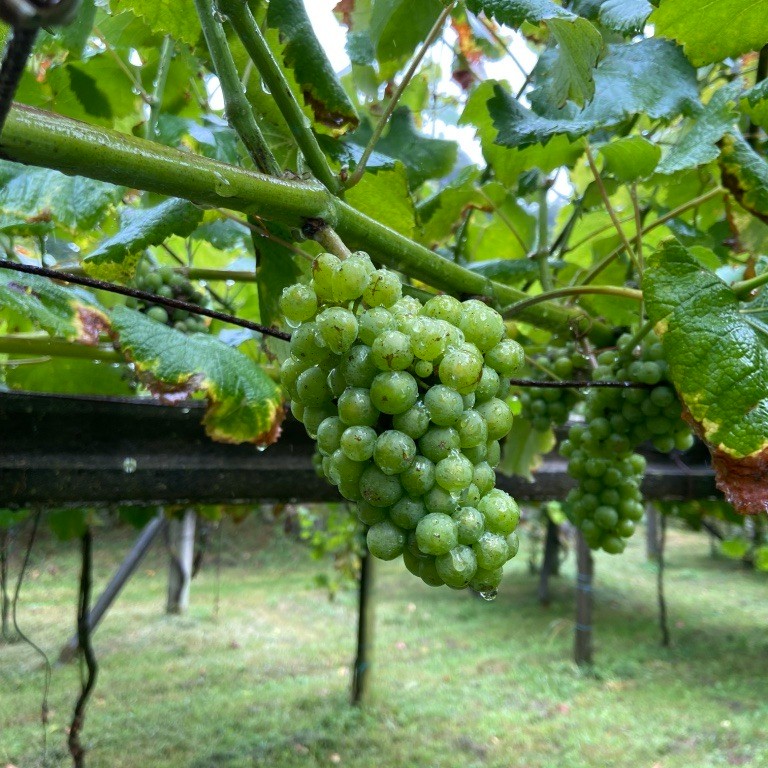
What shapes Albariño DNA?
One of the wineries that rethought their approach towards the crafting of their Albariños to let time shape the wine calmly, Pazo de Barrantes, considers that ‘the Albariño grape is one of the best varieties in the world due to its great aromatic character, its structure, and those surprising tertiaries that develop with age. The short granite soils provide it with mineral inputs, meanwhile the proximity of the Atlantic Ocean enriches its character with sapid and iodine nuances. The Achilles heel in here is the abundance of rain, which translates into high levels of acidity, which sometimes become a love hate relationship as finding balance is challenging because acidity is very difficult to be tamed naturally’.
Rías Baixas is a very cool area where there is more relative humidity when it is not raining than when it is raining, which means that the fungal diseases are always threatening their vines. The proximity of the Ocean force vinegrowers to focus their efforts on doing a good viticulture to reduce that pressure. That is why the landscape is painted with Albariño vines trained in the traditional 'pergola system', so that the wind is allowed to circulate through its corridors.
Albariño’s vegetative cycle is quite long (the mild climate in Rías is perfect for it), which favors the terpenic nature of the variety. This means that it is a variety endowed with great expressiveness. Watch out! I'm talking about expressiveness, not exuberance, it's not the same. Expressiveness is understood as its aromatic breadth since it encompasses a large number of aromatic families.
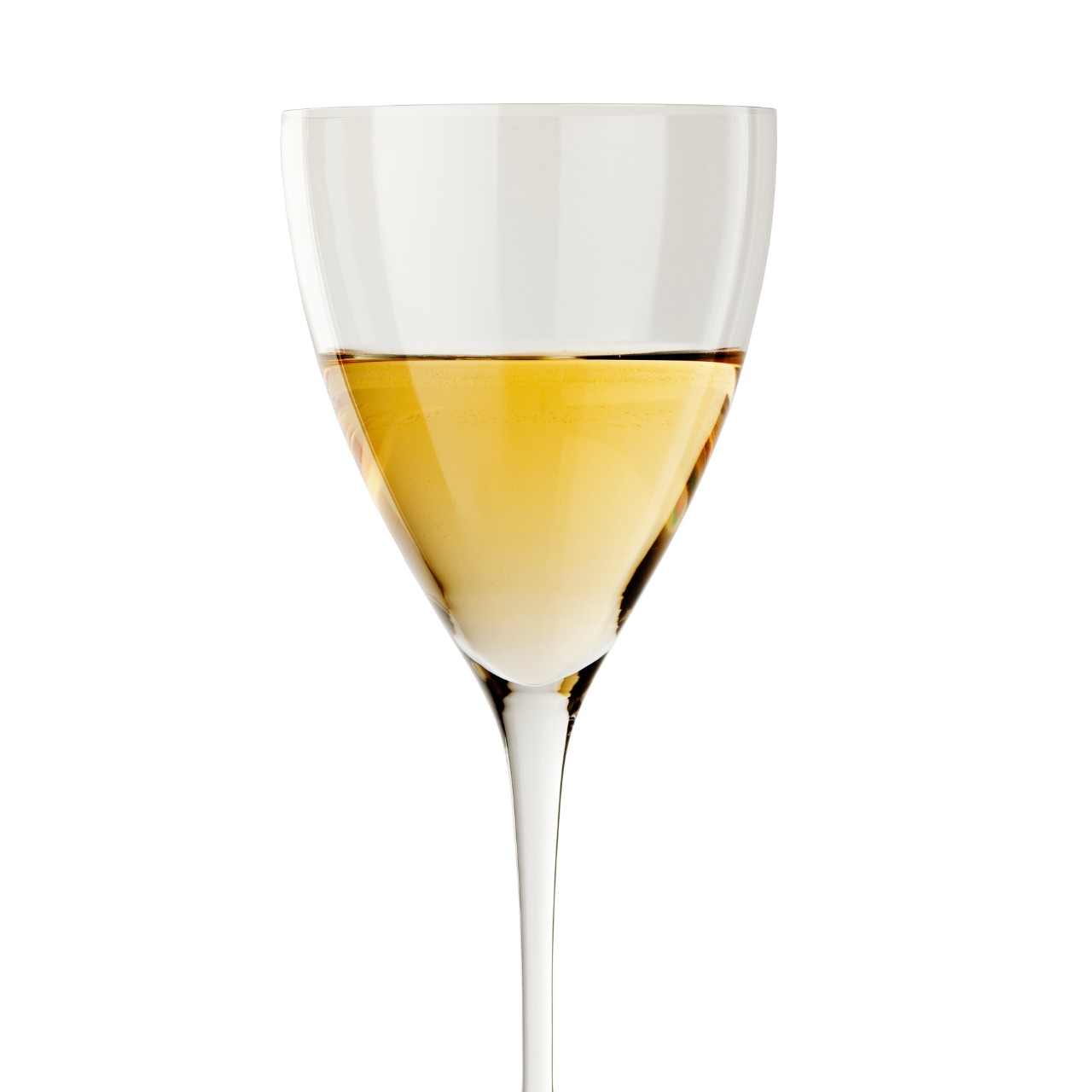
Crafting the great classic cuvées of the future
It was precisely the understanding of Albariño’s terpenic nature what led an evolution towards the crafting of a new style of wines that embraced a most austere character and considered acidity as something extremely positive since it is the backbone of the wine, allowing to give birth to wines of great longevity. And although young Albariños can be extraordinary, we were missing out on many nuances that are only appreciated over time.
Despite the fact stainless steel became the mainly vessel to produce wine in the area, traditionally, Albariño was pressed in granite presses and kept in chestnut or oak barrels. That Albariño of yesteryear was consumed around July / August because the variety's high natural acidity was considered undrinkable so the wine was left to ‘rest' in the barrel until summer because, right then, the wine was much more drinkable. Locals trusted their palate because they didn't have the technical knowledge to understand that malolactic fermentation kicked in when temperatures started to get hotter.
The most purist wineries are looking for a profile of wines connected to the soil. These winemakers seek to craft wines that are not so exuberant, with an acid backbone that gives the wine longevity but that is not bothersome. Many wineries advocate doing pre-fermentative skin macerations (because there’s where most of the terpenes are), while the application of cold during fermentation depends greatly on the philosophy of each producer.
They are producers who understand that oxygen is essential in production since it will help the proliferation of all the living matter that may be in the musts. At the beginning it began to be done in reductive stainless steel environments. But since 2005 (more or less) the usage of oak began to be explored. It was difficult to embrace its usage since people were suspicious of it, until they progressively learned by experimenting with different formats, types of oak and level of toasting. What did seem to be a common denominator and an undeniable truth is that, as demonstrated by the precursor Marisol Bueno in Pazo de Señoráns (in this case using stainless steel), aging the wines on the lees for a long time favored Albariño’s longevity.
Nowadays, there are many who look for oak barrels that do not flavor the wine, that respect the variety and allow the wine to micro-oxygenate. They are even giving some steps forward experimenting also with other alternative vessels such as granite, clay, chestnut, acacia, or concrete. What seems to be a general trend is the preference for larger vessels rather than small ones.
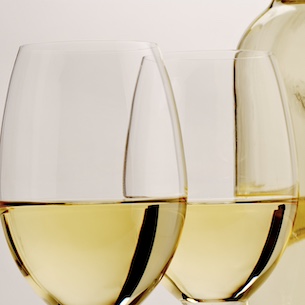
What to expect from terroir-driven Albariños?
In the glass you will find a variety with a lot of energy, tension and electricity. Then it depends a lot on whether you play with it in stainless steel or in wood, whether you block malolactic or not, which makes it a very elastic variety from a production point of view. Its wide aromatic palette will allow us to find things like apples, pears, mirabelle plums, citrus peel, bergamot, fresh quinces, apricot skin, peaches, white stone fruits, blossoming white flowers, chamomile, hay, honeysuckle, flint, herbal nuances, seaweed, low tide, and mussel shell among many other. In Albariños with a bit of age, the fruit evolves and nuances like quinces, honey, and dried apricots come out. These old wines will also gain in mouthfeel and unctuousness, its tension will become freshness, and they will be pure silk in the palate; 'what it means to touch the sky' affirms Xurxo Alba from Bodegas Albamar.
In Rías Baixas, minerality is understood as a separate reality from salinity. Minerality is attached to the soil, meanwhile salinity is related to the oceanic influence. Curiously, it’s proven that the vineyards closest to the Ocean are the ones that leave the least iodized imprints in the wines, with the vineyards that are furthest away and located in the upper parts of the hills being the ones that have the most saline character due to the influence of the salt carried by the fog that arrive from the Atlantic lifted by southern component winds thus avoiding the most coastal vineyards and hitting the ones in the inland slopes.
Today, a lot of work is done to study the soil profiles and thus understand the nature of the each of the vineyards with the aim of being able to isolate those parcels with unique qualities. The nature of land division in Galicia helps as the smallholding naturally demarcates each plot. Despite Rías Baixas being mostly a granitic rock with many parts of decomposed granite (Xabre), there are also veins of schist (which is actually oxidized gneiss), clay, and beach sand. Therefore, depending on where the vineyard grows, the wines will give different sensations in the mouth.
The profile of the soils does not define the character of the wine aromatically speaking (that depends on the microbiota of each vintage) but the mouthfeel is, becoming a given cuvée’s common pattern from vintage to vintage.
One of the big questions is wether to let the wine undertake malolactic fermentation or not. The answer couldn’t be more Galician. ‘It depends’, in this case of the energy and interpretation of each vigneron. There’s no categorical answer but generally speaking, it is customary to let the wine undertake malolactic when a cuvée is thought to last over time because, after the fourth or fifth year, these wines are pure complexity. Early-drinking wines normally do not go through malolactic because they leave very yogurty nuances. However, there are producers who like to respect that part of the tradition and make wines for more immediate consumption in this way.
It has always been said that the variety was fantastic, world-class. As a white wine, Albariño is one of the greatest varieties of Spain. Now maybe it’s time to push towards classifying the vineyards in Rías Baixas so that wines transcend the variety to give way to talking about places like Castrelo, Meaño, Arra… Albariño is already rubbing shoulders with the finest white wines of the world and the future looks magnificent.
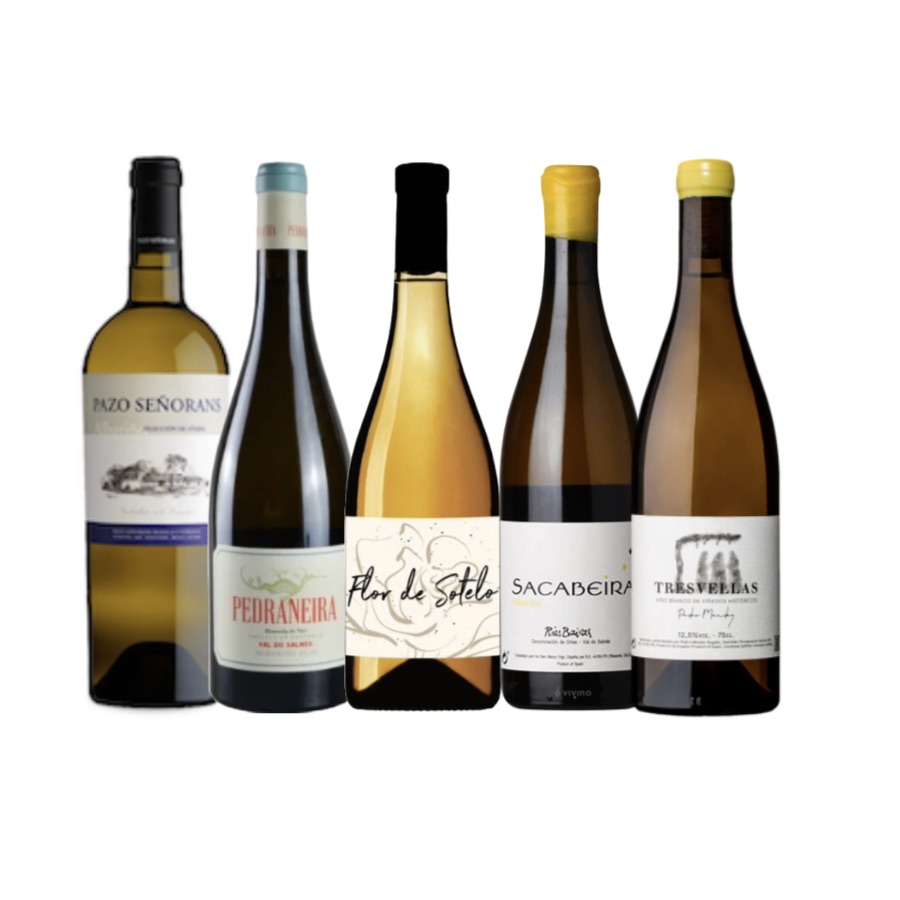
10 Albariño Cuvées to Seek Out Now
Pazo de Señoráns, Selección de Añada, 2006
The Selección de Añada is the wine that marked a before and after in the production of long-aged Albariños. This 2006 is the perfect example to understand how an evolved character of an Albariño is, since on the nose it develops aromas of dried apricots, quince, crème brûlée, orange blossom and a light hint of kerosene. Its tension has turned into freshness, with a silkiness and waxy feeling in the mouth that dress it in exquisite elegance.
Pedraneira, Eulogio Pomares, 2021
From a plot in the most coastal edge where the roots of the 40-year-old vines have direct contact with the Atlantic Ocean. Ferments and ages French in barrel of 2500L. It’s saline and moreish, as you might expect, but with beautifully crystalline citrus and nectarine fruit to balance. Despite its freshness, the wine is not as tense due to the difference in the soil (sandier rather than granitic). A cuvée to indulge yourself with.
Flor de Sotelo, Constantina Sotelo, 2017
An Albariño made in an amphora where a veil of flor develops. It is bottled ‘en rama’, so the veil of flor is still visible in the bottle. It has an iodized dryness uplifted by notes of biological aging but without ever losing sight of the varietal identity. Unique and unrepeatable.
Iria Otero, Sacabeira, 2021
Iria Otero is one of the great ladies of Ribeiro who has set foot in Rías Baixas to make this cuvée of Albariño. It allows the malolactic to occur, which helps the wine to have a great integration. Varietal, silky, and with a granitic edge that will drive you crazy.
Pedro Méndez, As Tres Vellas, Viñedos Históricos, 2020
Watch out with this cuvée because it is going to give a lot to talk about, definitely worth having it on your radar. It comes from vines that range from 80 to 100 years old, and is aged for 10 months in old barrels. Textural, tense, austerely varietal, and with the subtlety of the aging in oak. A wine with the potential to age to infinity and beyond. Purity.
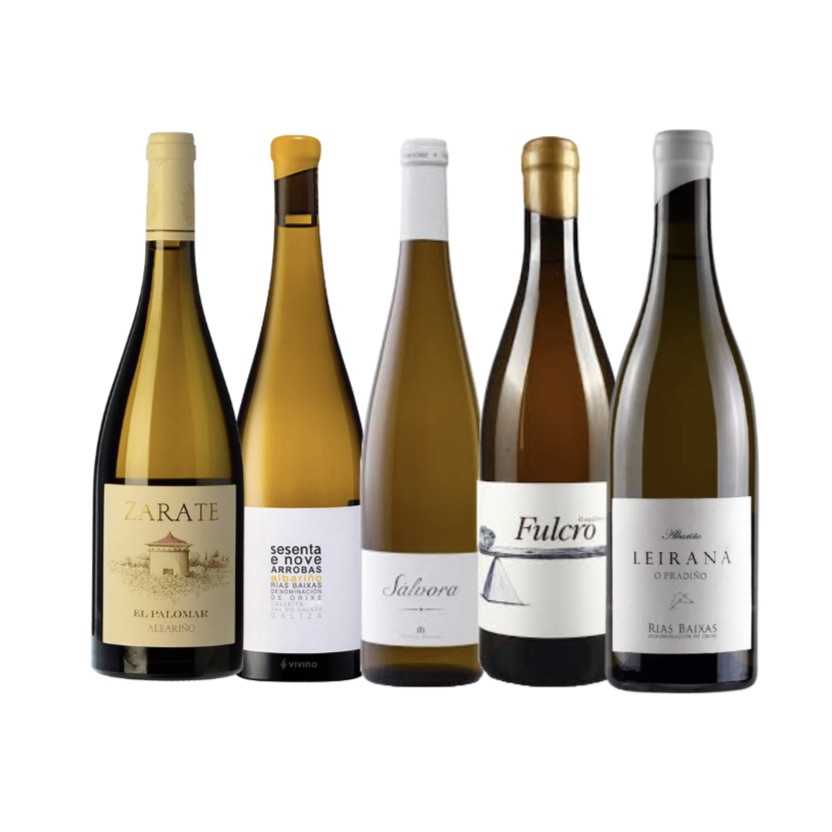
Zárate, El Palomar, 2021
This is the Albariño with the most classic profile that this winery makes. It is aged in a well-seasoned Alsatian foudre from 2003. The wine undertook malolactic. Although it still feels very young, it already shows very good finesse and aging potential. It is saline and vibrant, yet waxy and weighty. The mirabelle plums, flat peaches, red apples, iodine, hay, and lees nuances stand out.
Albamar, Sesenta e Nove Arrobas, 2020
This Albariño spends 20 months in stainless steel in contact with its fine lees. It is warm on the nose and has a lot of aromatic depth as its citrus character gradually develops into a candied peels, resulting also in a very attractive nuances like roasted apple and honeysuckle. The aging on the lees is noticeable in those hints of freshly baked pie dough. In the mouth, the verticality it maintains is a beast, with an aging potential that speaks of many, many years.
Rodri Méndez, Sálvora, 2019
This Albariño comes from a single plot planted at the beginning of the 20th century that is crossed by a vein of calcareous soil. Considered by many as the 'Grand Cru' of Meaño. It is made in foudre and it rewards us with that warmth of having aged on its lees and a greedy concentration of stone fruits, balsamic citrus, and field flowers. The wine is elegantly textural, waxy but with fluidity, and a sapidity that makes it top class.
Bodegas Fulcro, O Equilibrio, 2021
This Albariño comes from several plots in Arra, full of vines ranging in age from 45 to 70 years. Here we find a soil that is not granite, but decomposed schist which fills the wine with great energy and electricity. The wine ages in large barrels for 11 months in contact with its lees, gaining a little texture to tame all that crunchiness. The aromatics become more perfumed and concentrated due to its soils.
Forjas del Salnés, Leirana, O Pradiño, 2020
O Pradiño is a very old vineyard belonging to winemaker Rodrigo Méndez’s wife's grandmother, planted in granite. This vintage is the first time it has been bottled as a single vineyard. It is aged for 1 year in the most toasted foudre they had. The wine is super delicate, mineral, iodine and tense. The oak does not cover it because the natural acidity of Albariño absorbs it. Mind blowing! It plays in a different league of its own.